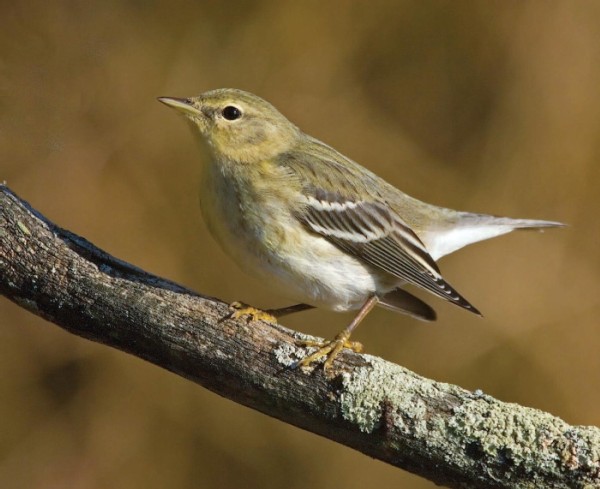
As autumn days shorten and insect food supplies dwindle, migratory songbirds must prepare for their impending southward flight. This typically involves completing the post-breeding molt (providing a fresh set of robust feathers) and accumulating critical energetic reserves via food intake to fuel their journey – which for some species may encompass 5,000 or more miles across the hemisphere.
But how do individual birds determine precisely when to leave?
In broad terms, the timing of both fall and spring migrations is controlled by intrinsic rhythms – basically, internal time-keeping mechanisms that serve as clocks. Evolution has fine-tuned these clocks so that birds can synchronize their physiology and behavior with predictable environmental patterns. Photoperiod (day length) ultimately controls the timing of migration, and its clock-setting effect varies by species; some are programmed to leave earlier, some later. The changing availability of insects and other summer foods further signals autumn’s approach, compelling migrants to prepare. Within a given species’ predetermined migratory window, individuals’ departure timing may vary, influenced by an interplay of internal and external factors that include age, sex, and body condition.
Once an individual’s physiology is primed and its internal clock set, weather becomes the immediate driver of specific departure timing. Wind direction and speed, temperature, atmospheric pressure, cloud cover, and precipitation act in concert to inform a migratory bird’s decision of exactly when to leave.
Two complementary research papers, published earlier this year in the journal Movement Ecology, demonstrate that migratory songbirds are pretty darn good meteorologists. Scientists fit several species of breeding warblers and thrushes with miniature computerized tags that communicate with a network of automated towers along the East Coast. They found that fall departure timing was keyed to atmospheric pressure, and that birds were more likely to initiate flights on nights when the barometer had risen over the previous 24 hours, forecasting several days of fair weather. Further, nightly departure times showed remarkable synchronicity, with a much narrower window of migratory takeoff than expected: 90 percent of individuals initiating long-distance flights departed within 69 minutes of civil dusk, the point beyond which people generally require artificial light to carry out outdoor activities. The scientists concluded that such prompt post-dusk departures maximize the potential for birds to fly long and far during a nocturnal flight. (For information about the benefits of nocturnal migration, see this column in the spring 2023 issue of Northern Woodlands.)
Two of the Northeast’s mountaintop-breeding songbirds highlight the complexity of departure decisions a migratory bird must make in autumn. Bicknell’s thrushes, which overwinter on only four islands in the Caribbean Greater Antilles, reach their destination via several intermediary flights, with stopovers in the mid-Atlantic and Carolinas. On Vermont’s Mt. Mansfield, most birds have left by early October. Once physiologically prepared, the precise timing of a thrush’s takeoff is triggered by a cold front from the northwest, affording clear skies for navigation and a beneficial tailwind. The next stop may be in New Jersey or Delaware, where birds spend one to several days replenishing spent fuel reserves and awaiting the next high-pressure system before continuing south.
Blackpoll warblers adopt a more audacious fall migration strategy, which imposes a different decision-making process. In mid-September, this tiny 12-gram bird departs Mt. Mansfield on the first leg of its epic journey to northern South America. As with thrushes, each bird must use internal and external cues to decide exactly when to take off. However, the plot then thickens, as blackpolls pause in coastal forests from Nova Scotia to Long Island, where they begin the real business of preparing for migration.
At these staging sites, blackpolls spend a week, sometimes two, feeding intensively and layering on fat – bird banders have documented birds doubling their weight in mere days! Once fully tanked up, blackpolls strike out over the open ocean and fly nonstop for 2 to 3 days, next making landfall in the Caribbean, en route to Brazil or Venezuela. This extraordinary feat of endurance begins with a crucial departure decision, one that brings real life-and-death consequences for each blackpoll warbler. Not every bird will survive the perilous journey, but leaving in tiptop condition and with favorable weather ahead is vital.
We may never fully comprehend the individual decisions that migratory birds make about exactly when to leave, but we can certainly marvel at the precision, complexity, and sheer stamina involved in their biannual passages.

